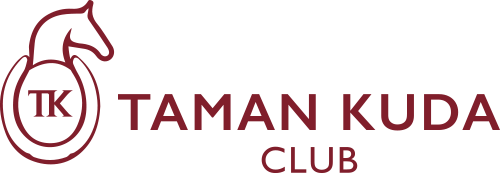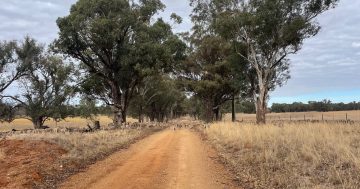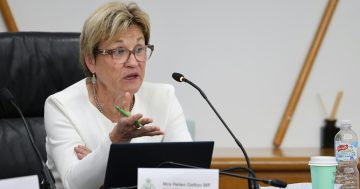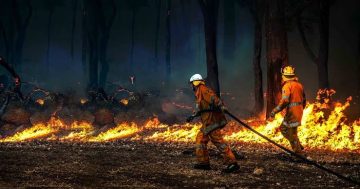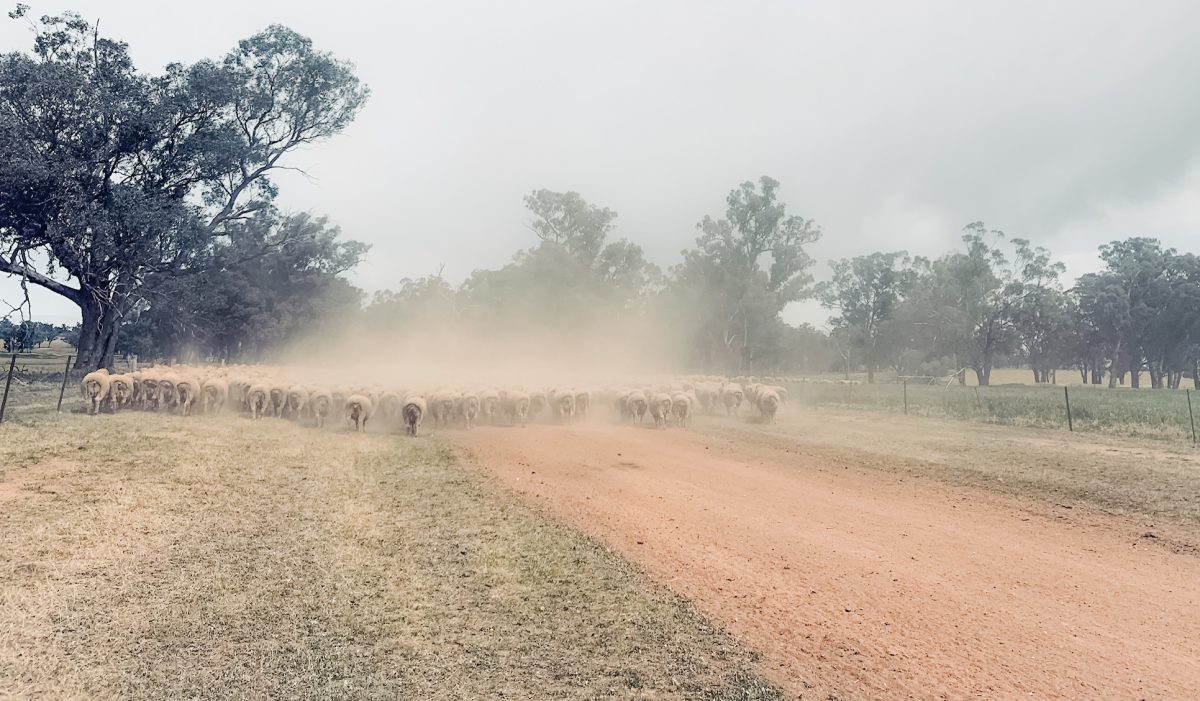
As temperatures start to rise, farmers impacted by drought across the south are hoping the Bureau of Meteorology is on the money about the chances of above-average rainfall in coming months. Photo_ Edwina Mason.
Southern NSW’s farming country is bracing for one of its hardest seasons in years, as drought deepens across the Riverina, Murray and South East local land services (LLS) regions.
Despite bursts of spring rain, government reports show conditions are deteriorating fast and local leaders say the cracks are widening not just in paddocks, but in rural communities themselves.
According to the NSW Department of Primary Industries’ Combined Drought Indicator, as of 26 September, drought is cutting a swathe through half the state, with the hardest-hit areas concentrated in the south.
There the drought’s footprint is uneven but severe: only small patches in the eastern Riverina and Murray remain in the “Non-Drought” category with the LLS painting a grim picture saying pastures in the Riverina are “severely depleted”, soil moisture in the Murray has “fallen well below average”, and the South East LLS region is now facing “significant feed shortages”.
With temperatures now climbing into the high 20s and forecasts pushing into the low 30s in the coming weeks, crops, pastures and dams are desperate for a drink and farmers are hoping the Bureau of Meteorology predictions of more than an 80 per cent chance of above-average rainfall across most of eastern Australia this spring ring true.
Across the Riverina, about 77.8 per cent of the 15 local government areas – stretching from Carrathool and Hay in the west to Snowy Valleys, Cootamundra and Hilltops in the east – are drought-affected.
Hilltops, Coolamon, Leeton, Griffith and Bland shires are 100 per cent “drought-affected”, with areas east of Boorowa on the cusp of “drought classification”, while parts of Cootamundra-Gundagai, particularly around Jugiong, Muttama and Coolac, have been elevated from “drought” to “drought affected”.
The Snowy Valleys is 98 per cent drought-affected, with dry conditions particularly acute east of Tumbarumba and south around Tooma, which borders the Murray LLS region.
That reality was laid bare at the Southern NSW Drought Summit in Tumut in August, when regional farmers and local leaders urged government ministers for urgent financial and practical support.
The summit, convened by the mayors of Snowy Valleys, Greater Hume, Cootamundra-Gundagai, Wagga Wagga and Yass Valley, attracted 474 attendees including farmers, agronomists, agribusiness and rural support services who raised their concerns with NSW Agriculture Minister Tara Moriarty and seven state MPs.
Farmers described record-high freight costs, water and fodder shortages and pasture loss.
They also described the human and financial toll of the ongoing drought.
Julian Roche, a third-generation beef producer from Yaven Creek, said the drought had disrupted breeding cycles, with long-term consequences for his business.
“The scale and magnitude of this drought have never been seen before,” he said.
Orchardist, grazier and former LLS Riverina chairman, Barney Hyams from Batlow, reflected on the compounding challenges faced by farmers: “First the devastation of bushfires, followed by a prolonged two-year drought and soaring input costs — farmers are in a dire situation”.
Snowy Valleys Mayor Julia Ham warned that even the most resilient producers were reaching breaking point.
The summit also highlighted the fact NSW farmers are being left behind compared to other states offering direct drought subsidies.
“There is a clear disconnect between government policy and on-ground reality, and we’re calling for drought to once again be recognised as a natural disaster in NSW,” Cr Ham said.
The summit called for immediate freight and fodder subsidies, emergency grants, LLS fee waivers and mental health programs, as well as a NSW Government-led taskforce to ensure drought policy matches on-ground needs.
“There is no time to wait,” said Cr Ham. “The recovery from drought is painfully slow and precarious.
“We need immediate relief of emergency feed and water, support for medium-term recovery of restocking, debt management and supply chain issues, and investment in long-term drought resilience for our farming communities, including breeding herd restocking and policy reform.”
Upper Murray beef producer Sarah Whiteley is in her second consecutive year of drought and said the conditions had been brutally deceptive.
“Everything is looking green but unfortunately we haven’t had the growth that we would usually have,” she said.
She attended the Tumut drought summit but is frustrated by the lack of follow-up.
“One major game changer would be the low interest RAA loans,” she said. “They have loans available but they are at around five per cent so not low interest at all.
“Historically they were at around two per cent and many people used this – we would definitely access it for irrigation and other drought readiness infrastructure but it’s just not feasible at five per cent.”
The financial strain is taking hold.
“Next year will be tough with all of our income already used on feed,” Sarah said. “Our overdraft maxed out and we had to destock so we are running about 200 head short. The knock-on effect is going to be horrendous. A financial drought to follow the actual drought.”
Compounding the pressure is the looming fire season.
The NSW Rural Fire Service’s 2025–26 Fire Season Outlook warns that while a wet spring may delay the start of major fire activity, “above-normal grass fuel loads and regenerating forests mean significant risks remain”.
Sarah said her local fire brigade held a working bee and preparation day recently, with the Upper Murray flagged as facing the worst fire predictions this season – “especially in the bush, where it’s as dry as a tinderbox”.
“I’m not looking forward to it, and actually since the 2019/20 fires we all just hold our breath until the end of summer – which is so sad.”
Since the summit, the mayors have ramped up pressure on government, staging on-farm visits with Local Government Minister Ron Hoenig, lobbying state and federal MPs for a drought taskforce, and lining up a direct appeal to Premier Chris Minns.
The mayors say that while the Federal Government had boosted counselling services, extended farm loans and kept Drought Hubs running, the NSW Government had failed to deliver direct relief such as subsidies, grants or levy waivers – leaving farmers worse off than their counterparts in Victoria and South Australia.
They welcomed the new Dedicated Regional Advisory Group but warned only direct aid, loan reform and a producer-led taskforce will give communities a fighting chance in what could be one of the toughest seasons in years.
For Sarah Whiteley and many others, hope is still pinned to the skies.
“We are still crossing everything that we get more rains soon,” she said.






